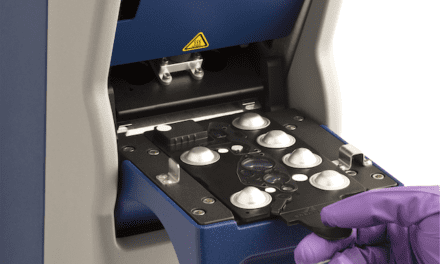With $5 million in grants from the National Institutes of Health (NIH), two University of Houston biomedical researchers are moving the needle on early detection and monitoring of kidney nephritis, or inflammation, in patients who have systemic lupus erythematosus, known as lupus.
With his $3 million portion, Chandra Mohan, MD, PhD, professor of biomedical engineering, one of the nation’s leading lupus researchers, is working on disease diagnostics. Tianfu Wu, PhD, assistant professor of biomedical engineering, will be leading a $2 million project to develop a system that tests multiple samples for multiple biomarkers at once, and a smartphone-based analysis and reporting system for disease monitoring and home care.
“It’s a great day for lupus research at UH,” says Mohan. “Together these grants could be transformative in the way lupus is managed. When we find the best biomarkers present in lupus, we can put that information in the patient’s hands and empower them to monitor their own disease.”
The process begins with biological indicator molecules called biomarkers, the proteins that help predict who is likely to develop lupus or kidney disease and how severe the disease might become. Identifying lupus patients at particular risk for severe disease before serious complications arise has implications for early diagnosis and treatment. Mohan has found those identifiers through proteomic screening, identifying about 30 proteins—out of thousands—elevated in either the blood or urine of lupus nephritis patients.
“These proteins were high in patients with renal disease and predicted worse disease outcome like kidney failure several years and up to 10 years later,” notes Mohan. With the new grant, Mohan will conduct further screenings to look for additional biomarkers, which he believes are lurking. Then, he would like to identify the most predictive biomarkers among these candidates, so that they can be used clinically.
“This is the wellspring of all the home monitoring projects,” adds Mohan. “Before the patient can monitor anything at home, we must know what to monitor.” Aside from diagnostics and monitoring, Mohan’s team will use the new biomarkers to look ahead at prognosis to identify how patients might be expected to do over time, and at treatment response to determine which patients will respond best to certain medications.
With the grant, Wu is hoping that the treatment of lupus nephritis flares will be timely when they can be diagnosed at home. Presently, the gold standard for diagnosis is renal biopsy, a painful and invasive procedure that could potentially be replaced by Wu’s urine home test kit.
“We are developing a technology allowing us to measure multiple biomarkers at one time, and this is a first,” says Wu. The app-based program would allow patients to read their own diagnosis, which could be particularly helpful for elderly patients who often cannot be transported to an office for a test. The home tests may not only be able to predict flares, but also guide individualized treatment.
For further information, visit University of Houston.






